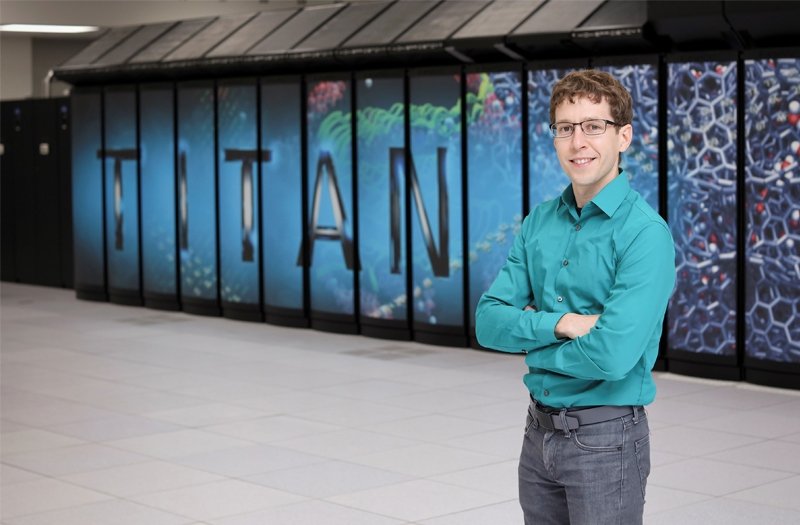It wasn’t Johnson’s first visit to D.C., but it was his first NSB trip. His initial sight of the competition rooms filled with hundreds of students and the electric feeling of upcoming challenges made the 4-H Center campus – home to the competition – seem a long way from College Station.
Their time in D.C. was packed with competitions and cultural activities; in the few hours remaining, Johnson and teammates studied for both the NSB competition and their upcoming AP tests. “I’ve got a picture of us in one of the 4-H Center dorms. We’re in our pajamas, sitting around a desk, working on AP problems,” he recalls. “So yeah, it was an intense time.”
The A&M team advanced through the levels of national competition but ended up narrowly losing in the semi-final round.
Their third-place prize was “…the highlight of my entire high school career,” says Johnson. “It was great. We got to go to the Savannah River National Lab.”
The students and their chaperone were given a week-long, all-expenses-paid trip behind the scenes with the staff and researchers at the Savannah River Site (SRS), a DOE nuclear reservation. “We went into the classified area at SRS, we got to look in through lead shielded-glass at their plutonium reprocessing – where they were doing the vitrification.
“Some of their guys in the monitoring and biology lab took us out on a lake after dark on one of their swamp boats. We‘d shine the spotlight along the surface of the lake and look for eyes [eyeshine]. Then we caught the alligators and tagged them.
“They had firefighters show us how to do controlled burns. They showed us the trapping and counting of insects as they migrate along the forest floor.”
From Charleston, they did a day-long sea kayaking trip.
“Getting to see the Savannah River Site was just really cool. We were blown away; we had a great time.”
After the NSB excitement ended, Johnson headed for college. He completed a Bachelor of Science in nuclear engineering, mixed in with summer internships at two of DOE’s national laboratories, Sandia and Oak Ridge. He then took a post-baccalaureate position at Oak Ridge, working on a computer program to model a nuclear reactor on the supercomputer Jaguar.
Graduate school was up next. He chose the University of Michigan for its nuclear engineering program, specializing in radiation transport. “My first class was notoriously hard – five students with [an instructor who was] a legend in the field; his homework would take days to complete, five problems that took 20 pages of work. It was really hard,” recalls Johnson, “but at the same time, it was really fun.”
He did a summer internship at a third DOE lab, Los Alamos National Laboratory, finished his PhD in 2011, and went straight to work at the Oak Ridge lab. His job is to develop computer software that allows engineers to simulate virtual nuclear reactors on the world’s most powerful computers.
Then there is his NSB volunteer ‘job’. He’s been a moderator, a timekeeper, a scorekeeper, and all-around helper. He especially enjoys the moderator’s role: to read the questions, set the pace, and establish the tone. “It is an intense, really fun experience,” says Johnson. “And it is also just fun to be there for the kids.”
“Science Bowl, in some ways, set the direction for my life. It influenced me so strongly in my engagement in science and engineering and also my involvement in the community and science outreach to kids.
“It is one of the pillars of my life.”
Profiles of Past Competitors: Please go to Historical Information – National Finals – Profiles of Past Competitors to read more student stories about their NSB experiences.
The U.S. Department of Energy Office of Science manages the National Science Bowl® and sponsors the NSB finals competition. The Office of Science is the single largest supporter of basic research in the physical sciences in the United States and is working to address some of the most pressing challenges of our time. For more information, please visit https://www.energy.gov/science/office-science.
Sandra Allen McLean is a Communications Specialist in the Office of Science, sandra.mclean@science.doe.gov .


